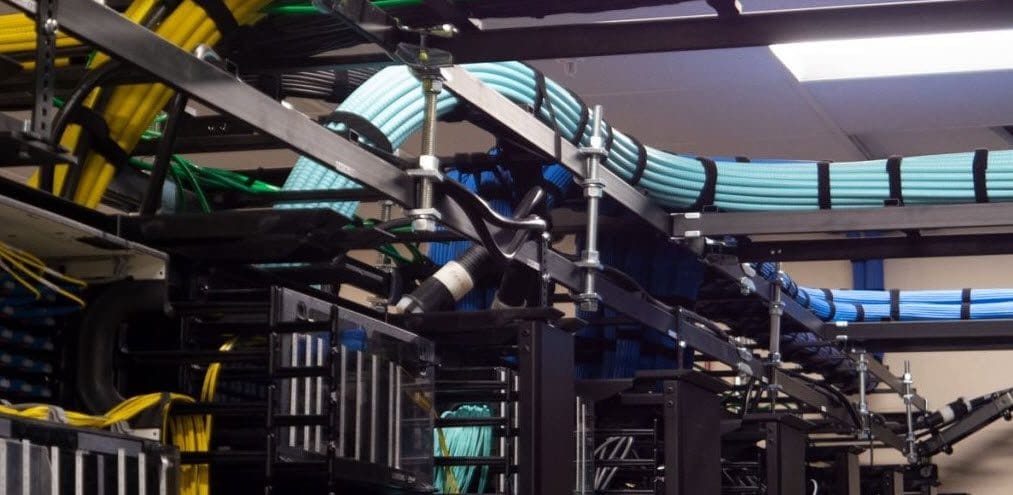What is structure cabling?
It’s a system of cabling and associated hardware to provide organizations with a comprehensive telecommunications infrastructure. It serves a wide range of uses, including telephone services and transmitting data through a computer network.
Every structured cabling system is unique in that there are slight variations of components depending upon:
- The architectural structure of the building
- The cable and connection products
- Customer requirements
- The function of the system
- The types of equipment the cabling installation currently supports as well as for the future
- The configuration of the present installed system
Types of networks
The industry has a standard term for a network installation that it serves depending upon the network coverage.
- LAN (Local Area Network) is designed for a relatively small area, such as a structured cabling installation in an office building or home.
- MAN (Metropolitan Area Networks) covers a large geographical area, 5 to 50 km in range, such as structured cabling that serves several buildings in a college campus.
- WAN (Wide Area Network) connects LAN and MAN to provide services to a much larger area, such as the internet.
Standard Rules
Whatever the network, there is a set of rules to regularize the method of designing, completing, installing, and maintaining all kinds of structure cabling installations. This is necessary to ensure acceptable system performance within the complex arrangement of various components.
The benefits of these standardized rules are:
- Consistency of design and installation
- Conformance to physical and transmission line requirements
- A basis for examining a proposed system expansion and other modification
- Uniform documentation
Basic components
The typical components of a structured cabling system typically include:
- entrance facilities
- vertical and horizontal backbone pathways and cables
- horizontal pathways
- work area outlets
- equipment rooms
- telecommunications closets
- cross-connect facilities for multi-user telecommunications outlet assemblies
Entrance facility
The entrance facility comprises of components needed to connect outside service provider (SP) facilities to the premises. There are four main types of entrance facilities: underground, tunnel, buried, and aerial. Standard components include service entrance pathways, cables, connecting hardware, circuit protection devices, and transition hardware.
An entrance facility supports the transition of external cables into cabling approved for intrabuilding construction. This is where the SP (Service Provider) terminates, and the NID (Network Interface Device) begins. Its location depends on the type of facility, the route of the outside cabling, building architecture, and aesthetic considerations.
Backbone Cabling
From the entrance facility, the structured cabling network branches out either to other buildings or from floor to floor within a building. The backbone cabling system is a term used to describe the cables handling network traffic within a building (intrabuilding) as well as between buildings (interbuilding).
The function of backbone cabling is to provide interconnections between entrance facilities, telecommunications closets, and equipment rooms within the structure of a telecommunications cabling system.
Cabling connectors
This is a device used to interface a cable to a piece of equipment or one cable to another. As a coupling mechanism, it’s designed to keep loss to a minimum. In fiber cables, it facilitates the transfer of light impulses from one connector to another, while allowing the flow of electrical signals in copper cables. It must be durable to withstand numerous insertions and withdrawals. Components


